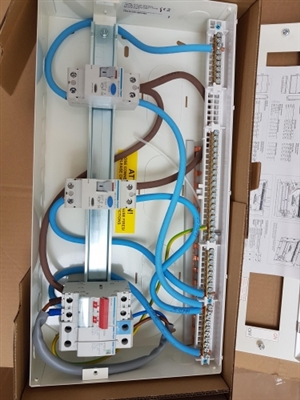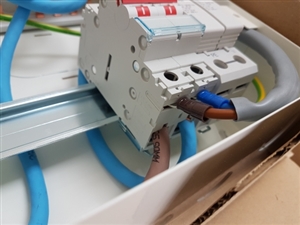

I thought it needed a MCB upfront of it and I wasn't expecting to see it connected into the main switch as it is
davidwalker2:
I have always assumed that pushing the test button on an RCD or RCBO injects a fault current of 30mA. I am now wondering if that is so, and that it is actually 150mA
David
We're about to take you to the IET registration website. Don't worry though, you'll be sent straight back to the community after completing the registration.
Continue to the IET registration site